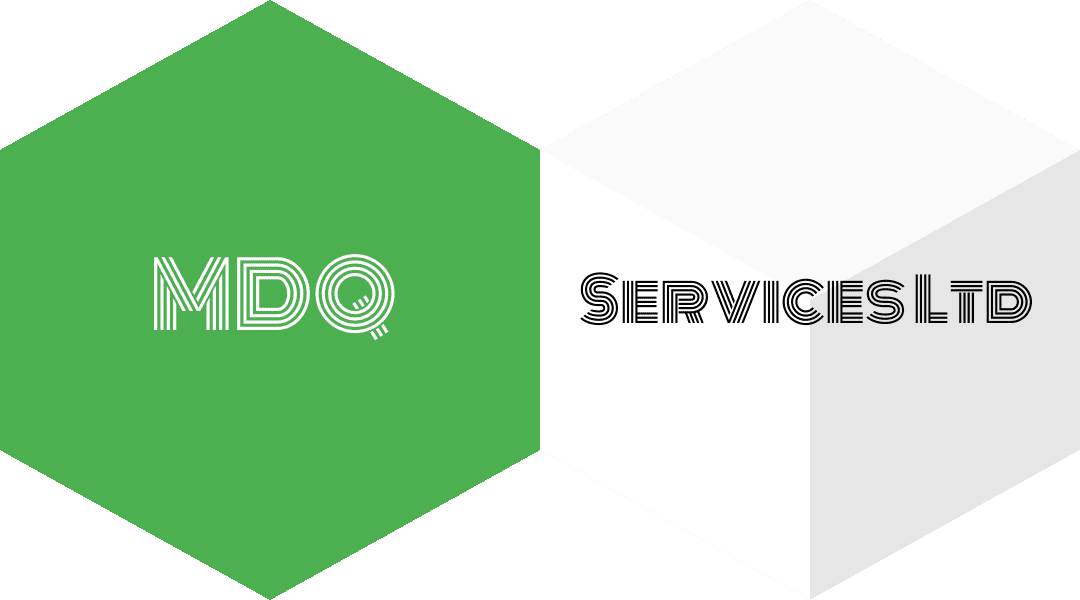CE Marking
for Medical Devices
CE Marking
for Medical Devices
Certification for the placing on the market
of medical devices in the EU
In the European Union (EU), medical devices are subject to conformity assessment to ensure that essential safety and performance requirements are met.
EU member states designate accredited notified bodies to conduct conformity assessments, which usually involve quality management system certification and a review of technical documentation, resulting in CE marking for medical devices.
Regulatory Consulting CE Marking for Medical Devices
Regulatory Consulting CE Marking for Medical Devices
The objective of Mdq Services in offering CE Marking is to get you to the target markets for your products
and once you are there we aim to maintain them.
To accomplish this, we include these services:
- compliance with the European Medical Device Regulation (MDR) and the In Vitro Diagnostic Regulation (IVDR);
- certificate maintenance services according to Directive 93/42/EEC (MDD);
- CE Marking projects including classification, clinical or performance evaluation, validation, technical documentation and post-marketing activities;
- creation of manufacturing procedures and records required for DHR and DHF;
- process validation, software validation, and other documentation to meet regulatory requirements;
- guidance and assistance in the implementation and documentation of medical devices using animal tissues, blood derivatives, and drugs;
- Italian Ministry of Health registration services;
- European country registration services;
- EUDAMED registration services.
Software Compliance for CE Marking for Medical Devices
Software Compliance for CE Marking for Medical Devices
IEC 62304: 2006 A1: 2015 defines medical device software lifecycle requirements.
The set of processes, activities, and tasks described in this standard establishes a common framework for medical device software lifecycle management.
Many medical devices contain software or firmware that monitors or controls the system, such as:
- embedded firmware or software;
- stand-alone software applications;
- on-board device software;
- dedicated medical device hardware/software;
- medical device software accessories.
Standard No. 11 of Regulation (EU) 2017/745, defines the following:
"Software intended to provide information used to make decisions for diagnostic or therapeutic purposes shall fall within Class IIa, unless such decisions have such effects as to cause:
- death or irreversible impairment of a person's health, in which case it is in Class III, or
- serious impairment of a person's health or surgery, in which case it falls in Class IIb.
Software intended to monitor physiological processes is in Class IIa, unless it is intended to monitor vital physiological parameters where the nature of the changes in those parameters are such that they may create an immediate danger to the patient, in which case it is in Class IIb. All other software falls within Class I."
Documents required to verify software compliance are:
- software development plan;
- software description;
- risk analysis;
- software requirements;
- architecture design;
- detailed software design;
- verification and validation;
- traceability;
- development environment;
- issues management.
With Mdq Services you get all these services in one place.
Regulatory Consulting CE Marking for Medical Devices
Regulatory Consulting CE Marking for Medical Devices
The technical documentation (or technical file) for medical devices refers to all documents that a medical device manufacturer must submit.
The technical file is a requirement for conformity assessment and, therefore, approval of medical devices.
Medical Device Regulation (MDR)
The Medical Device Regulation (MDR) not only defines the requirements for the device, but also defines the requirements for the documentation itself.
This must include:
- device identification (e.g. with a UDI);
- description of the device, including variants, configuration and accessories;
- intended use;
- labeling (packaging, instructions for use, etc.);
- information about the design and manufacture of the device;
- risk management;
- verification and validation of the device and, thus, evidence that the device meets the overall safety and performance requirements.
The MDR
goes one step further: it includes post-market surveillance, with its planning and implementation, in the technical documentation.
Mdq Services helps you with the drafting of your technical documentation.
CE Marking for Pressure Equipment (PED)
CE Marking for Pressure Equipment (PED)
The Pressure Equipment Directive 2014/68/EU
is a European directive that defines the product requirements
to be upheld by manufacturers and other economic operators who are planning to place their pressure equipment on the market
and/or put these into use within Europe.
Pressure equipment include pressure vessels, installation piping, safety accessories as well as pressure accessories, including elements attached to pressurized parts, such as flanges, nozzles and couplings.
Products, such as pipelines for the conveyance of substances to and from an installation, aerosol dispensers, blast furnaces, bottles and cans for carbonated drinks and radiators are excluded from the application of the Pressure Equipment Directive.
The product requirements in the Pressure Equipment Directive are defined by so-called essential requirements.
Manufacturers and other economic operators
who are planning to place pressure equipment on the market or put these into use within Europe must meet these requirements.
Only after all applicable product requirements
of the Pressure Equipment Directive and any other relevant CE product requirements have been met, can the CE marking be affixed
to the pressure equipment and can the product be freely placed on the market within the European Union.
With Mdq Services you get all these services in one place.
Do you have products that need CE Marking?
We are here to help you!
Do you have products that need CE Marking?
We are here to help you!
We want to know your needs exactly so that we can provide the perfect solution. Let us know what you want and we’ll do our best to help.
